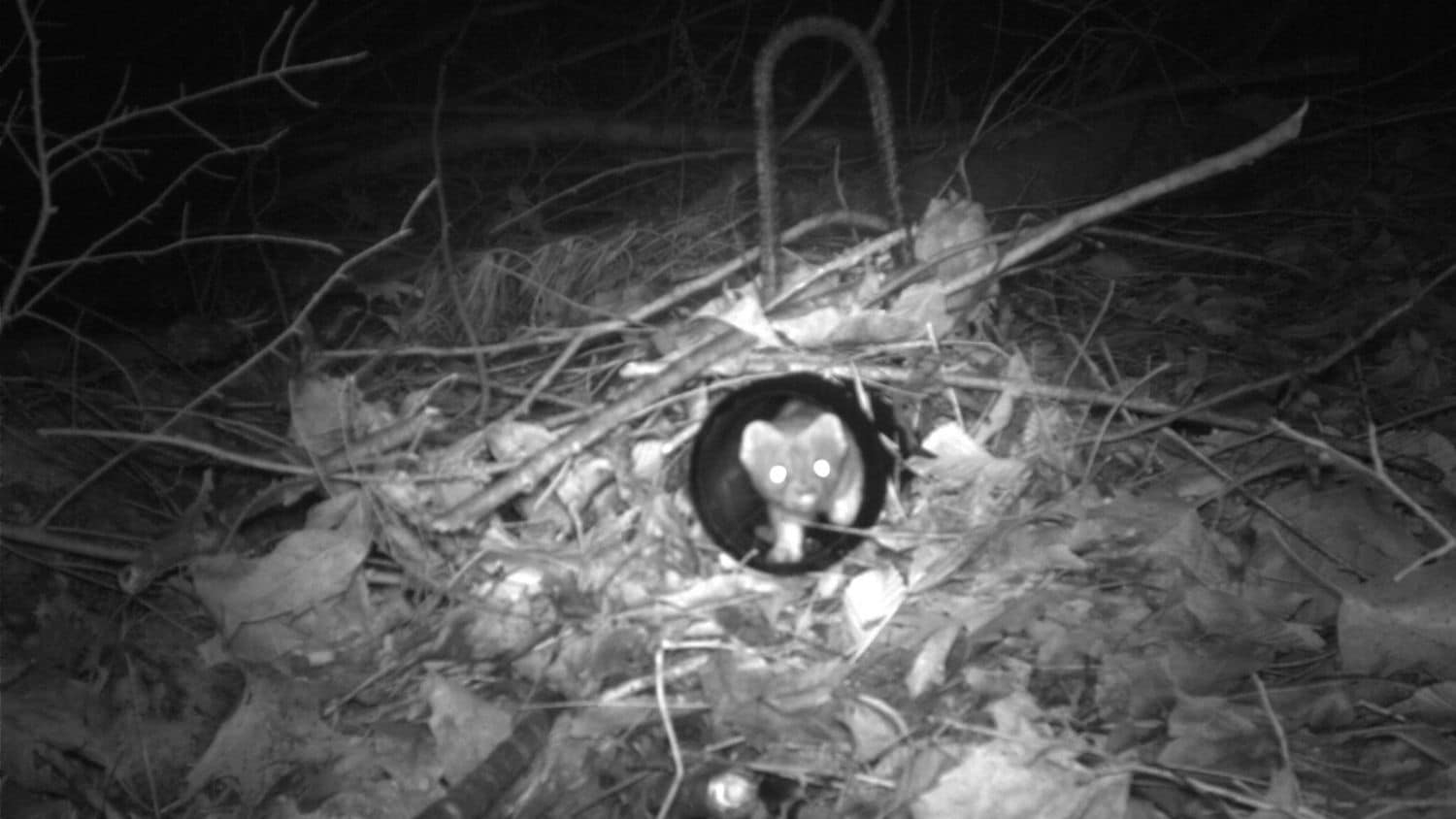Study Tracks Decline of Weasels, the Smallest Carnivore, in North America

Researchers, including a North Carolina State University zoologist, found in a new study that three species of weasels once common in North America are likely in decline, including a species that’s considered the world’s smallest carnivore.
The findings show there’s a need to better track weasels, researchers say. With better data, they could understand the weasels’ disappearance – whether it’s due to climate change, pesticides and rodenticides, diseases, or predation from raptors or owls.
“We’re trying to put weasels on the radar,” said study co-author Roland Kays, research professor of forestry and environmental resources at NC State and head of the N.C. Museum of Natural Sciences’ Biodiversity Lab.
The Abstract spoke with Kays about what the study, published in PLOS ONE, shows for weasels in North Carolina:
TA: Why weasels?
Kays: They’re an important part of our ecosystem. They’re also the smallest carnivore. While the polar bear is the largest carnivore in the world, a type of weasel known as the least weasel is the smallest. They’re important predators of mice and rodents. But now it seems like no one is seeing weasels anymore. We see them very rarely on our camera traps in North Carolina. We were concerned they were declining.
TA: Are weasels still trapped for their fur?
Kays: There used to be a lot more fur trapping of weasels in the United States than there is now, although there still is a market for them. Trappers were getting a lot of weasels – whether by accident or on purpose. Historically, they’ve been trapped more frequently in northern areas. In North Carolina, we’ve seen less trapping than we have in the past. There are very few weasels caught.
TA: How did you study weasel populations?
Kays: We analyzed four different data sets. One of them was trapping data. The trapping data goes back a long time, and it’s recorded every year by every state. We used data gathered by museums. We also used a citizen science data set from a resource called iNaturalist. Lastly, we have data from the National Trail Camera Survey. None of the southern cameras picked up any weasels; only cameras located north of 40 degrees latitude detected weasels. The trapping data shows a dramatic, many-orders-of-magnitude decline.
TA: What did you notice about weasel populations in North Carolina?
Kays: What we found in North Carolina is representative of the region in the South, which is that weasels have declined in lowlands, but they’re still in the mountains. There were lots of records in the past of weasels in the Piedmont, for example, and in the mountains. We still found recent records of them in the mountains.
For one species, the long-tailed weasel, or M. frenata, there were big areas where there were lots of old records in certain areas, but almost no recent records. That was particularly concerning, and that includes the Piedmont and coastal areas of North Carolina. The other species were more or less consistent across their historical ranges.
TA: What is your major finding from this analysis? What could be the cause of their decline?
Kays: It’s hard to say anything conclusive other than these data sets are all are painting the same picture.
In terms of the cause, I thought it was striking that the long-tailed weasels declined in the South. A study in New Mexico found climate warming was a problem for weasels. Just the fact that they’re disappearing from the Piedmont, and not the mountains, suggests it might be a climate issue.
In terms of rodenticides, those poisons bio-accumulate in predators. If the mice and rats are getting it, they will accumulate that toxin. Obviously, that’s not going to be happening out in the Great Smoky Mountains National Park. There could be a combination of different factors.
TA: Are there other small carnivores that are of concern?
Kays: There is another species in particular that we’re already concerned with, and that’s the eastern spotted skunk, which is a small predator. It survives in the North Carolina mountains. State wildlife experts are studying that skunk. We don’t track these small predators very well. We need to start keeping track, and we need to start doing better surveys of weasels.
- Categories: